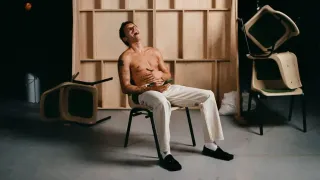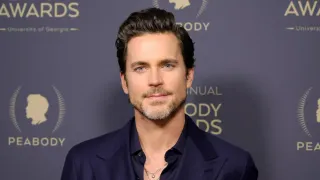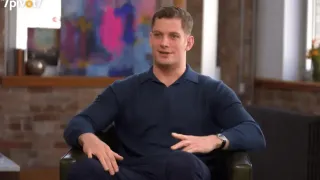March 30, 2021
Arkansas Senate OKs Ban on Treatments for Transgender Youth
Andrew DeMillo READ TIME: 2 MIN.
The Arkansas Senate on Monday approved banning gender confirming treatments for minors, sending the governor a restriction on transgender youth that has been criticized by medical and child welfare groups.
The majority Republican Senate voted 28-7 in favor of the legislation. If the bill is enacted it would be the first prohibition of its kind in the country, opponents say. The bill would prohibit doctors from providing gender confirming hormone treatment or surgery to minors, or from referring them to other providers for the treatment.
"This bill sets out to protect children in an area where they very much need protection," Republican Sen. Alan Clark, a sponsor of the measure, said before the vote.
But pediatricians, social workers and the parents of transgender youth have said it will have the opposite effect on a community already vulnerable to depression and suicide.
"Denying them access to gender affirming health care is denying them the right to be themselves," Joanna Brandt, the Arkansas mother of a transgender boy, told reporters at a news conference before the vote. "My son will be devastated if he is forced to stop his hormone treatment."
Gov. Asa Hutchinson, a Republican, has not said whether he supports the measure. A spokeswoman said he will review the bill more closely and listen to the debate on it, but did not say when he would make a decision. He has five days, not counting Sunday, after the bill reaches his desk to sign or veto the legislation before it becomes law without his signature.
The measure is among several targeting transgender people that have advanced in Arkansas and other states this year. Arkansas, Mississippi and Tennessee have enacted measures prohibiting transgender girls and women from competing in school sports teams consistent with their gender identity.
Hutchinson on Friday signed a law that would allow doctors to refuse to treat someone because of religious or moral objections, a move that opponents say could be used to turn away LGBTQ patients.
The Human Rights Campaign, the nation's largest LGBTQ rights group, ran a TV ad in Arkansas over the weekend criticizing the measures targeting trans youth.
"For Arkansas to prioritize unpopular, discriminatory bills like (the treatment ban) during this legislative session, despite the economic devastation the pandemic has had on the state, shows that they prioritize cruelty to children over actually helping Arkansans," Alphonso David, the group's president, said in a statement.
Similar transgender treatment prohibitions are being considered by lawmakers in Alabama and Tennessee.
Opponents of the bill include the American Academy of Pediatrics. The group's president, Dr. Lee Beers, called the measure "discrimination by legislation" and said it would politicize medical care.
The American Civil Liberties Union said it plans to take legal action to block the treatments ban if it's signed into law. If signed, the ban would take effect later this summer.






